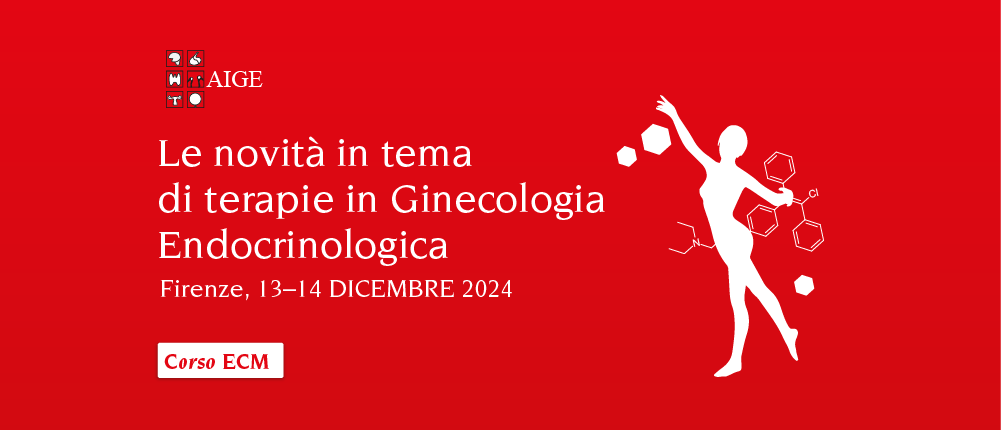ABSTRACT
{ITA} La terapia ormonale sostitutiva ha conosciuto un progressivo miglioramento negli anni, oggi infatti è possibile utilizzare diverse molecole e diverse tipologie di trattamento in base alle caratteristiche della paziente, in modo da rendere la TOS “personalizzabile”. Le più recenti terapie comprendono i SERMs, il Tibolone, il DHEA, e l’associazione Estrogeni coniugati/Basedoxifene classificata come TSEC (Tissue selective Estrogen Complex). Ma vi sono progressi anche nel campo della TOS estroprogestinica: il Progesterone, che per anni è stato utilizzato solo per l’effetto protettivo sull’endometrio, si è visto essere dotato di molte altre caratteristiche intrinseche che possono essere di beneficio per la paziente sia in termini di opzioni terapeutiche che di profilo di sicurezza. I recettori per il Progesterone sono infatti presenti in molti organi del corpo, mediando una miriade di effetti metabolici. Di particolare importanza è l’effetto del Progesterone e dei suoi metaboliti (soprattutto l’Allopregnolone) sul SNC, risultando coinvolti nei processi autonomici, cognitivi, e di regolazione del tono dell’umore. La TOS estro-progestinica è in grado di agire sulla sintesi di questi neurosteroidi, supportando il suo ruolo positivo nei confronti dei disturbi cognitivi e del tono dell’umore tipici del climaterio. È fondamentale conoscere l’attività dei progestinici per rendere questa terapia sempre più efficace sulle singole problematiche che la donna in menopausa presenta.
–
{ENG} Hormone replacement therapy has experienced a progressive improvement over the years: today it is possible to use different molecules and different types of treatment according to the characteristics of the patient, in order to “tailor” HRT. The most recent therapies include SERMs, Tibolone, DHEA, and the association Conjugate Estrogen/Basedoxifene classified as TSEC (Tissue selective estrogen Complex). However there are some news on the side of HRT: Progesterone, which for years has been used only for the protective effect on the endometrium, is endowed with many other intrinsic features that are positive for the patient in terms of therapeutic options and safety profile. Progesterone receptors are in fact present in many organs of the body, mediating a myriad of metabolic effects. Particularly important is the effect of Progesterone and its metabolites (especially Allopregnolone) on the CNS, which are involved in autonomic, cognitive, and mood-regulating processes. The estroprogestin HRT promotes the synthesis of these neurosteroids, supporting its positive role in relation to cognitive and mood disorders typical of the climate. It is essential to know the activity of progestins to make this therapy more and more effective on the individual problems that afflicts the menopausal woman.
Minireview 21 Ago 2018



